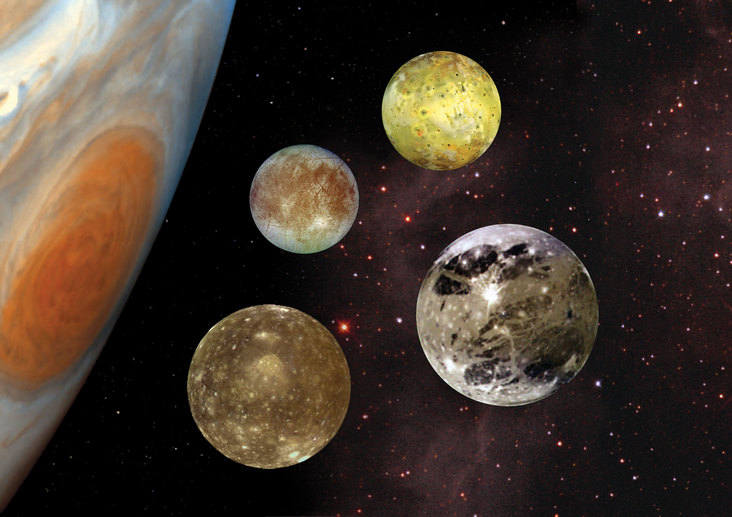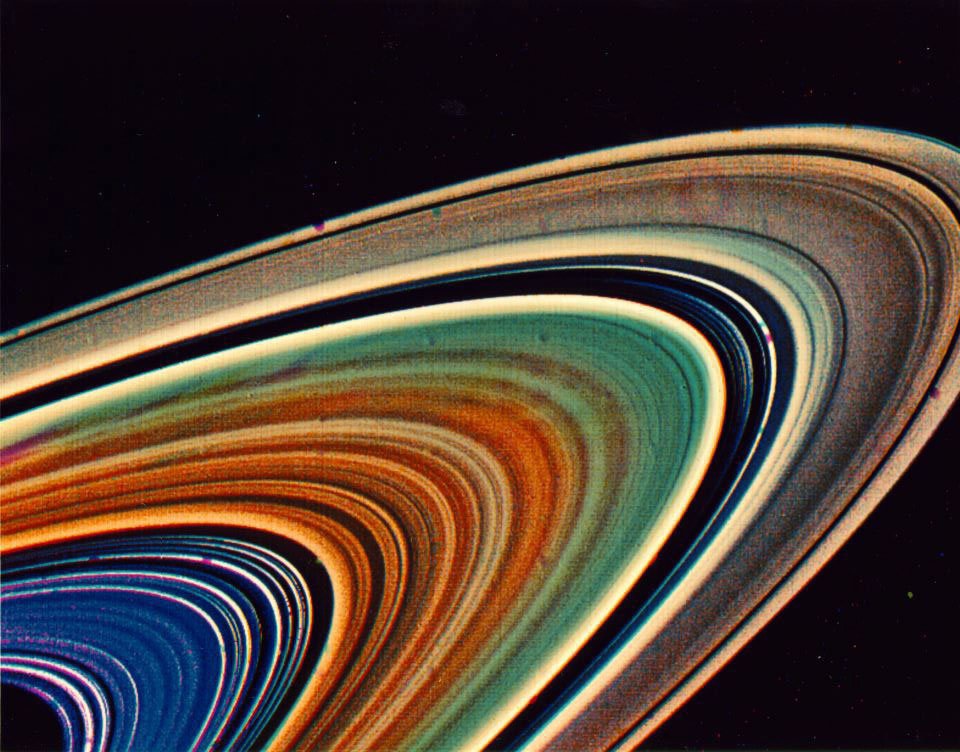Past Research, the Kuramoto Model, and this Project
Many theories describe how and why astrophysical systems form in the ways they have. Gravity has certainly played a central role in creating orbital systems, but the composition of orbital systems varies including the combination of moons, belts, planets, or rings. For example, the formation of Saturn's rings, the most distinct in the Milky Way, has puzzled scientists. Some of the theories involve the detachment of the icy exteriors of satellites or moons detaching, being engulfed into smaller orbits. Yet these models do not describe why the icy material formed into these approximately uniformly distributed bodies, as opposed to a clustered body. The aim of this project is to build off Yoshiki Kuramoto's model of synchrony for coupled oscillators to explain the synchronous nature of astrophysical systems.
Kuramoto's model describes how a large number of coupled oscillators, initially operating at different frequencies, interact. Sometimes the oscillators synchronize to move at the same frequency in a clustered body. Other times, the oscillators do not synchronize. This difference in synchrony is a function of the coupling strength. If the coupling strength is below a certain threshold, the critical coupling strength, the particles orbiting will not show any distinct synchronization at all. However, once the coupling strength passes the threshold, the oscillators will move to a system of a clustered body.
When considering the difference between the formation of a synchronous orbital system and the formation of an asynchronous orbital system, we believe we can apply the principles of the Kuramoto model. Each particle can be modeled as an oscillator, orbiting about a larger massed body. The particles all begin at different radii, but are relatively close to one another compared to their distance from the larger massed object. Collisions can happen between particles if the corresponding orbits are sufficiently close. The collisions cause the particles to move to different orbit levels, moving at different frequencies. The difference between synchrony and asynchrony will be a result of parameters. The parameters considered in this paper include the amount of energy lost in each collision, the fraction of the total final energy in one of the particles that has collided, and the number of particles in the simulation.
We will first outline the simulated collisional model and the assumptions made to develop the model. We will then analyze what conditions contribute to the synchronous and asynchronous nature of this system of colliding particles by studying the effects of changing parameters. We will also examine a two particle system at optimal parameters to develop a stronger intuition regarding a many body system. We will then draw conclusions about what sorts of physical conditions provide these parameter conditions. Finally, we will discuss the reasonableness of applying this mathematical model to a real astrophysical system.

